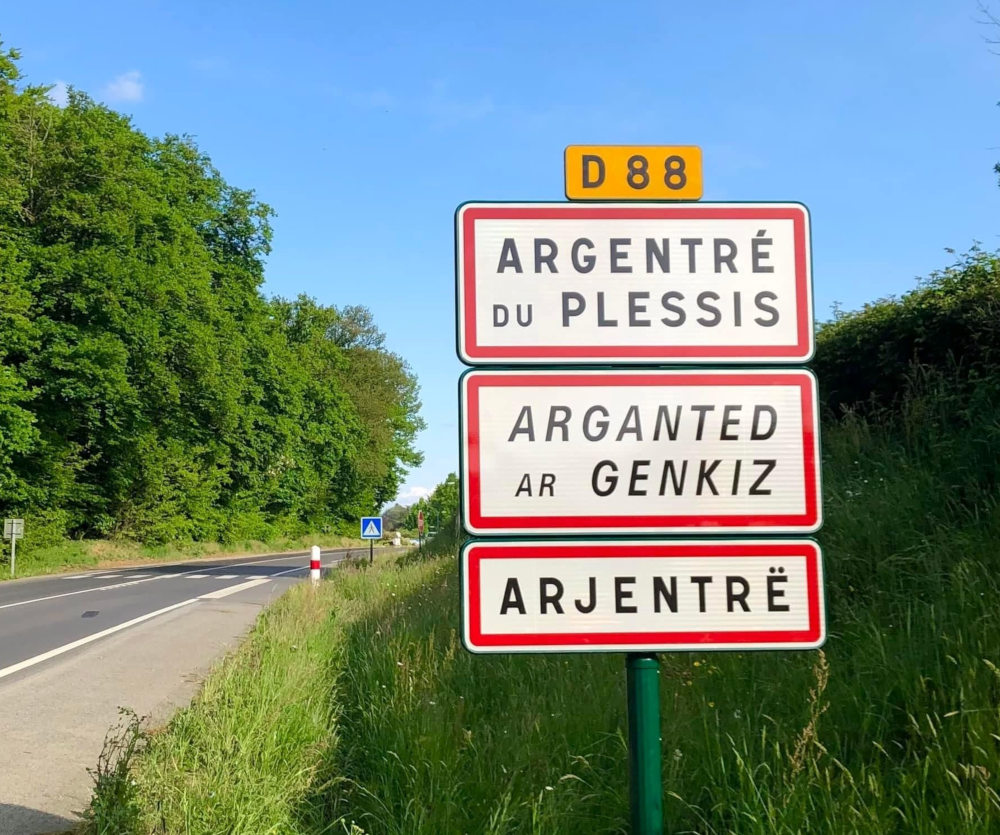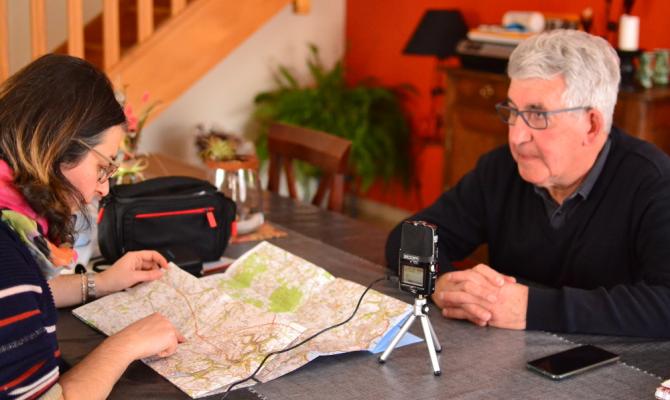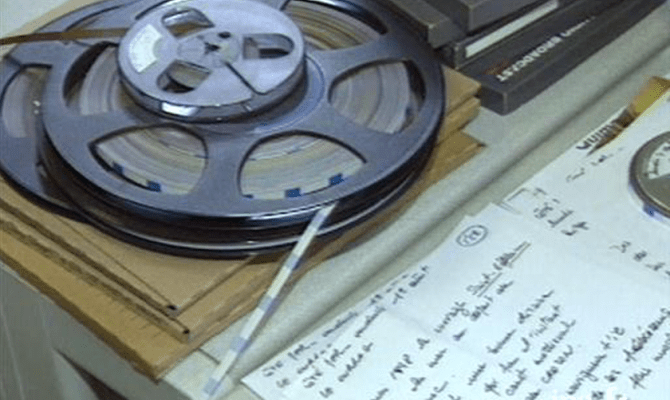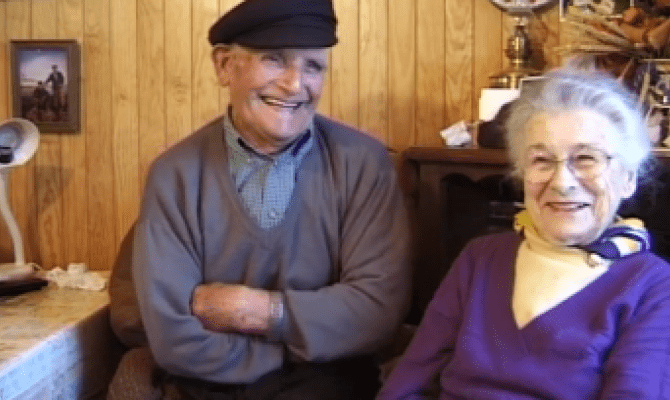On the BreizhGo regional train line, announcements are now made in French, Breton and Gallo. It’s a way to help travellers become more familiarised with these two languages, which were officially recognised as ‘languages of Brittany’ in 2004. It’s also a chance for people who speak them on regular basis to hear them spoken in another context. And you may be surprised at how many people do actually speak these languages in daily ife. According to a survey published in January 2025, it’s estimated that 107,000 people speak Breton and 132,000 speak Gallo. The number of speakers may be decreasing, but there is also good news. Today’s Breton and Gallo-speaking population is younger and have a tendency to speak these languages more regularly. However, the fact remains that both are still on UNESCO’s list of endangered languages.
Two Different Roots, One Shared Fate
You’d be wrong to think that the two languages of this small coastal region come from the same family. Breton is a Celtic language, like Welsh and Irish, whereas Gallo is a Romance language, with its roots in the group known as the Oïl languages, like Norman or Picard. It’s mainly spoken in Upper Brittany, in the East of the region, whereas Breton is mostly spoken in the West, or Lower Brittany. The linguistic boundary separating the two areas runs from Saint-Brieuc to Vannes and has evolved over the years. Brittonic (Celtic) language speakers coming from across the Channel settled as far as Rennes and Nantes around the 9th century before retreating westwards in the centuries that followed. However, this linguistic divide is not nearly as significant as it once was. Despite their distinct origins, Breton and Gallo have suffered the same fate, particularly when it comes to the education system. After the French Revolution all classes were taught in French. Even though the use of regional languages at school was not officially banned, they were gradually phased out by schools themselves in the playground as well as in the classroom. On top of this, the widespread depreciation of rural popular culture, bolstered by post-war modern farming techniques, helped accelerate their decline during the 20th century. The numbers are striking. Before the First World War, more than a million people spoke Breton on a daily basis, and for the vast majority it was the only language they knew!
Gallo and Breton’s Give and Take Relationship
Neither language has ignored the existence of the other. In fact both languages routinely borrow vocabulary from each other. The term ‘Gallo’ comes from the Breton gall meaning ‘foreigner, someone who doesn’t speak Breton.’ And the verb huchal, ‘to cry’ in Breton, comes from the Gallo verb hucher. Additionally, in the pays de Guérande the gallésants (Gallo speakers) have acquired a very useful set of wheels from the bretonnants (Breton speakers). They use the Breton word for a wheelbarrow, karigell, for their own cariquelle, a little cart. In addition, certain French words which used to be spoken in the Armorican peninsula have infiltrated both languages, like kuzhat and qhuter, which both mean ‘to hide’.
Today, more than 20,000 children being educated in Breton and Gallo language courses becoming ever-more popular. Breton and Gallo charters have also been established: Ya d’ar brezhoneg (‘Yes to the Breton Language’) and Du Galo, Dam Yan Dam Vèr (‘Absolutely Gallo’). Many municipalities, institutions and businesses are also working to promote both languages, for example by campaigning for local place names to be written in regional languages on signposts.
The languages of Brittany may be small in number, but they are mighty in their resilience!
Translation: Tilly O'Neill





